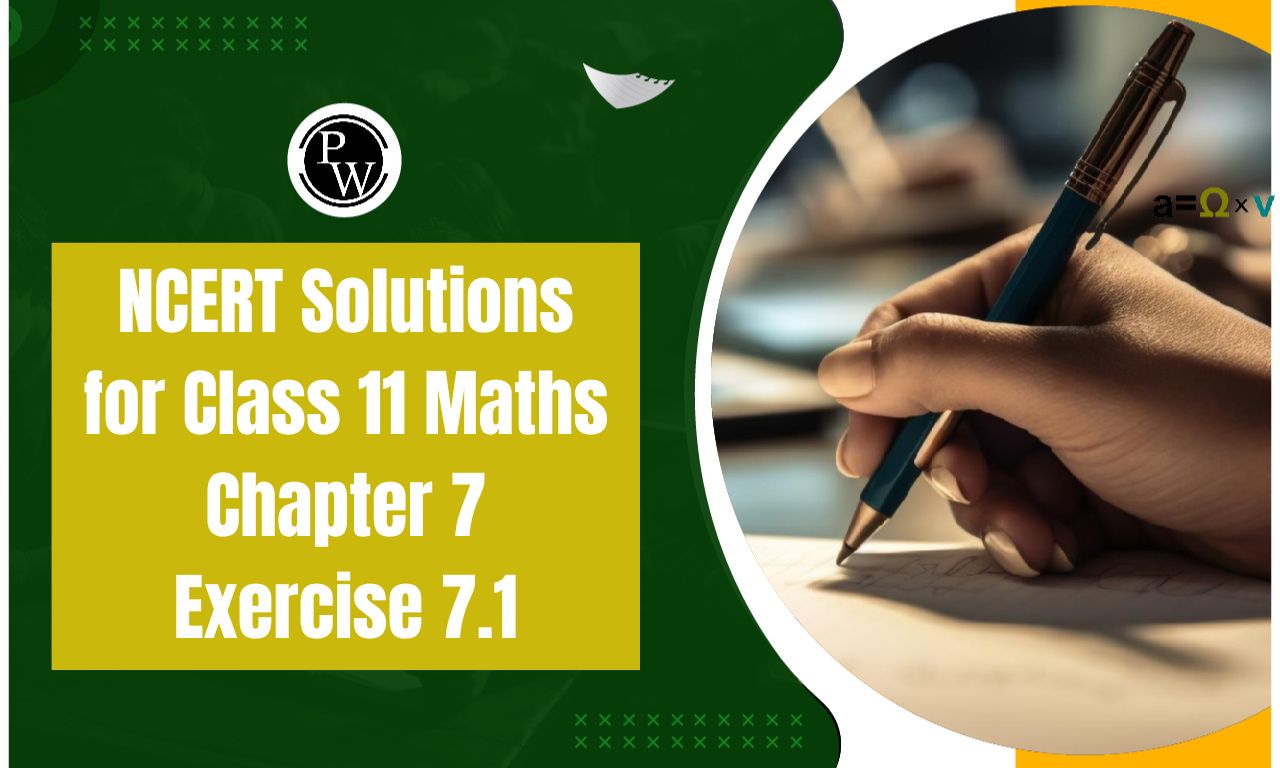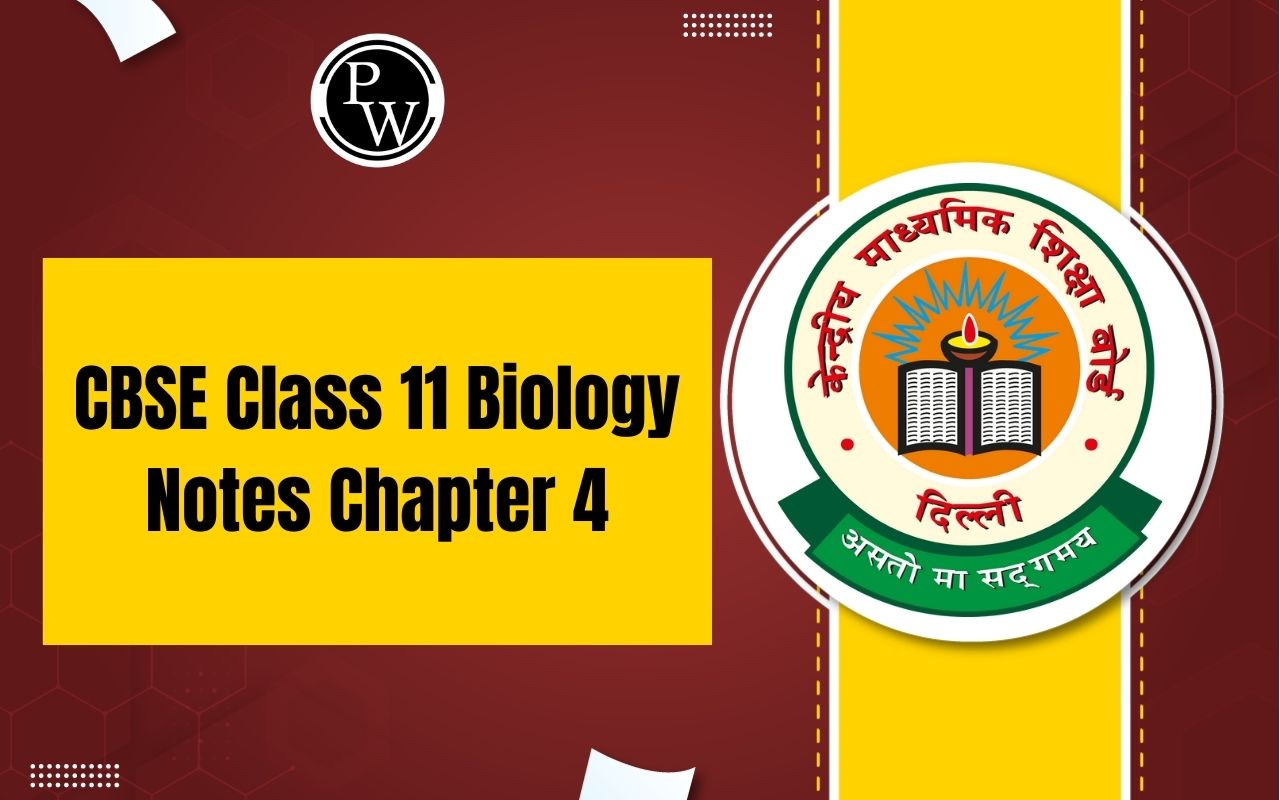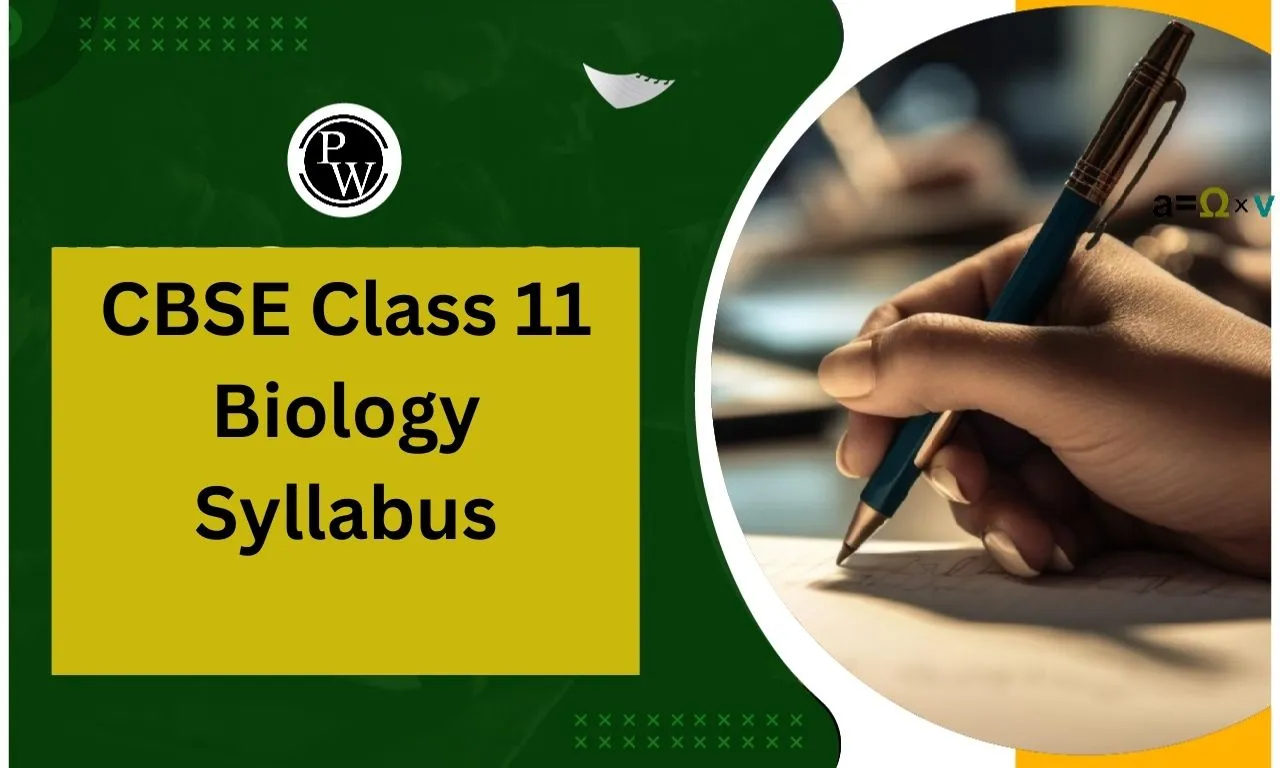

NCERT Solutions for Class 11 Maths Chapter 7 Exercise 7.1: Chapter 7 of NCERT Class 11 Maths focuses on the Binomial Theorem , which provides a quick method for expanding expressions raised to large powers. Exercise 7.1 introduces the theorem, emphasizing the expansion, using binomial coefficients.
Key concepts include understanding factorial notation, combinations, and the general term in binomial expansion. The exercise helps students derive expansions for different powers and apply the theorem to solve related problems efficiently. By mastering this, students can simplify lengthy algebraic expressions, making it a foundational tool for advanced algebra and calculus.NCERT Solutions for Class 11 Maths Chapter 7 Exercise 7.1 Overview
The Binomial Theorem, introduced in Chapter 7 of NCERT Class 11 Maths, is a crucial concept with widespread applications in algebra, calculus, and probability. Exercise 7.1 helps students understand the systematic expansion, using binomial coefficients, factorial notation, and combinations. This exercise builds a strong foundation in simplifying complex polynomial expressions and solving problems efficiently. The Binomial Theorem is significant in various fields like data analysis, engineering, and financial modeling, as it simplifies calculations involving large powers. Mastering Exercise 7.1 equips students with problem-solving skills essential for competitive exams and higher-level mathematics.NCERT Solutions for Class 11 Maths Chapter 7 Exercise 7.1 PDF
The Binomial Theorem , covered in Chapter 7 of NCERT Class 11 Maths, is a vital concept that simplifies expanding expressions, using binomial coefficients. Exercise 7.1 introduces its application through step-by-step problems. To assist students, we have provided a detailed PDF of the solutions below, offering clear explanations and solved examples. This ensures a thorough understanding of the topic and aids in exam preparation.NCERT Solutions for Class 11 Maths Chapter 7 Exercise 7.1 PDF
NCERT Solutions for Class 11 Maths Chapter 7 Exercise 7.1 Binomial Theorem
Below we have provided NCERT Solutions for Class 11 Maths Chapter 7 Exercise 7.1 -Expand each of the expressions in Exercises 1 to 5.
1. (1 – 2x) 5
Solution:
From binomial theorem expansion, we can write as (1 – 2x) 5 = 5 C o (1) 5 – 5 C 1 (1) 4 (2x) + 5 C 2 (1) 3 (2x) 2 – 5 C 3 (1) 2 (2x) 3 + 5 C 4 (1) 1 (2x) 4 – 5 C 5 (2x) 5 = 1 – 5 (2x) + 10 (4x) 2 – 10 (8x 3 ) + 5 ( 16 x 4 ) – (32 x 5 ) = 1 – 10x + 40x 2 – 80x 3 + 80x 4 – 32x 5

Solution:
From the binomial theorem, the given equation can be expanded as
3. (2x – 3) 6
Solution:
From the binomial theorem, the given equation can be expanded as

Solution:
From the binomial theorem, the given equation can be expanded as

Solution:
From the binomial theorem, the given equation can be expanded as
6. Using the binomial theorem, find (96) 3 .
Solution:
Given (96) 3 96 can be expressed as the sum or difference of two numbers, and then the binomial theorem can be applied. The given question can be written as 96 = 100 – 4 (96) 3 = (100 – 4) 3 = 3 C 0 (100) 3 – 3 C 1 (100) 2 (4) – 3 C 2 (100) (4) 2 – 3 C 3 (4) 3 = (100) 3 – 3 (100) 2 (4) + 3 (100) (4) 2 – (4) 3 = 1000000 – 120000 + 4800 – 64 = 8847367. Using the binomial theorem, find (102) 5 .
Solution:
Given (102) 5 102 can be expressed as the sum or difference of two numbers, and then the binomial theorem can be applied. The given question can be written as 102 = 100 + 2 (102) 5 = (100 + 2) 5 = 5 C 0 (100) 5 + 5 C 1 (100) 4 (2) + 5 C 2 (100) 3 (2) 2 + 5 C 3 (100) 2 (2) 3 + 5 C 4 (100) (2) 4 + 5 C 5 (2) 5 = (100) 5 + 5 (100) 4 (2) + 10 (100) 3 (2) 2 + 5 (100) (2) 3 + 5 (100) (2) 4 + (2) 5 = 1000000000 + 1000000000 + 40000000 + 80000 + 8000 + 32 = 110408080328. Using the binomial theorem, find (101) 4 .
Solution:
Given (101) 4 101 can be expressed as the sum or difference of two numbers, and then the binomial theorem can be applied. The given question can be written as 101 = 100 + 1 (101) 4 = (100 + 1) 4 = 4 C 0 (100) 4 + 4 C 1 (100) 3 (1) + 4 C 2 (100) 2 (1) 2 + 4 C 3 (100) (1) 3 + 4 C 4 (1) 4 = (100) 4 + 4 (100) 3 + 6 (100) 2 + 4 (100) + (1) 4 = 100000000 + 4000000 + 60000 + 400 + 1 = 1040604019. Using the binomial theorem, find (99) 5 m.
Solution:
Given (99) 5 99 can be written as the sum or difference of two numbers then the binomial theorem can be applied. The given question can be written as 99 = 100 -1 (99) 5 = (100 – 1) 5 = 5 C 0 (100) 5 – 5 C 1 (100) 4 (1) + 5 C 2 (100) 3 (1) 2 – 5 C 3 (100) 2 (1) 3 + 5 C 4 (100) (1) 4 – 5 C 5 (1) 5 = (100) 5 – 5 (100) 4 + 10 (100) 3 – 10 (100) 2 + 5 (100) – 1 = 1000000000 – 5000000000 + 10000000 – 100000 + 500 – 1 = 950990049910. Using Binomial Theorem, indicate which number is larger (1.1) 10000 or 1000.
Solution:
By splitting the given 1.1 and then applying the binomial theorem, the first few terms of (1.1) 10000 can be obtained as (1.1) 10000 = (1 + 0.1) 10000 = (1 + 0.1) 10000 C 1 (1.1) + other positive terms = 1 + 10000 × 1.1 + other positive terms = 1 + 11000 + other positive terms > 1000 (1.1) 10000 > 100011. Find (a + b) 4 – (a – b) 4 . Hence, evaluate

Solution:
Using the binomial theorem, the expression (a + b) 4 and (a – b) 4 can be expanded (a + b) 4 = 4 C 0 a 4 + 4 C 1 a 3 b + 4 C 2 a 2 b 2 + 4 C 3 a b 3 + 4 C 4 b 4 (a – b) 4 = 4 C 0 a 4 – 4 C 1 a 3 b + 4 C 2 a 2 b 2 – 4 C 3 a b 3 + 4 C 4 b 4 Now (a + b) 4 – (a – b) 4 = 4 C 0 a 4 + 4 C 1 a 3 b + 4 C 2 a 2 b 2 + 4 C 3 a b 3 + 4 C 4 b 4 – [ 4 C 0 a 4 – 4 C 1 a 3 b + 4 C 2 a 2 b 2 – 4 C 3 a b 3 + 4 C 4 b 4 ] = 2 ( 4 C 1 a 3 b + 4 C 3 a b 3 ) = 2 (4a 3 b + 4ab 3 ) = 8ab (a 2 + b 2 ) Now by substituting a = √3 and b = √2, we get (√3 + √2) 4 – (√3 – √2) 4 = 8 (√3) (√2) {(√3) 2 + (√2) 2 } = 8 (√6) (3 + 2) = 40 √612. Find (x + 1) 6 + (x – 1) 6 . Hence or otherwise evaluate

Solution:
Using binomial theorem, the expressions (x + 1) 6 and (x – 1) 6 can be expressed as (x + 1) 6 = 6 C 0 x 6 + 6 C 1 x 5 + 6 C 2 x 4 + 6 C 3 x 3 + 6 C 4 x 2 + 6 C 5 x + 6 C 6 (x – 1) 6 = 6 C 0 x 6 – 6 C 1 x 5 + 6 C 2 x 4 – 6 C 3 x 3 + 6 C 4 x 2 – 6 C 5 x + 6 C 6 Now, (x + 1) 6 – (x – 1) 6 = 6 C 0 x 6 + 6 C 1 x 5 + 6 C 2 x 4 + 6 C 3 x 3 + 6 C 4 x 2 + 6 C 5 x + 6 C 6 – [ 6 C 0 x 6 – 6 C 1 x 5 + 6 C 2 x 4 – 6 C 3 x 3 + 6 C 4 x 2 – 6 C 5 x + 6 C 6 ] = 2 [ 6 C 0 x 6 + 6 C 2 x 4 + 6 C 4 x 2 + 6 C 6 ] = 2 [x 6 + 15x 4 + 15x 2 + 1] Now by substituting x = √2, we get (√2 + 1) 6 – (√2 – 1) 6 = 2 [(√2) 6 + 15(√2) 4 + 15(√2) 2 + 1] = 2 (8 + 15 × 4 + 15 × 2 + 1) = 2 (8 + 60 + 30 + 1) = 2 (99) = 19813. Show that 9 n+1 – 8n – 9 is divisible by 64 whenever n is a positive integer.
Solution:
In order to show that 9 n+1 – 8n – 9 is divisible by 64, it has to be shown that 9 n+1 – 8n – 9 = 64 k, where k is some natural number. Using the binomial theorem, (1 + a) m = m C 0 + m C 1 a + m C 2 a 2 + …. + m C m a m For a = 8 and m = n + 1 we get (1 + 8) n+1 = n+1 C 0 + n+1 C 1 (8) + n+1 C 2 (8) 2 + …. + n+1 C n+1 (8) n+1 9 n+1 = 1 + (n + 1) 8 + 8 2 [ n+1 C 2 + n+1 C 3 (8) + …. + n+1 C n+1 (8) n-1 ] 9 n+1 = 9 + 8n + 64 [ n+1 C 2 + n+1 C 3 (8) + …. + n+1 C n+1 (8) n-1 ] 9 n+1 – 8n – 9 = 64 k Where k = [ n+1 C 2 + n+1 C 3 (8) + …. + n+1 C n+1 (8) n-1 ] is a natural number Thus, 9 n+1 – 8n – 9 is divisible by 64 whenever n is a positive integer. Hence proved.14. Prove that

Solution:

Benefits of Using NCERT Solutions for Class 11 Maths Chapter 7 Exercise 7.1
Clarity of Concepts: Solutions provide step-by-step explanations, ensuring a strong understanding of the Binomial Theorem and its applications.
Time-Saving: Helps in solving problems efficiently using systematic methods and formulas.
Exam Preparation: Aligns with the NCERT syllabus, aiding in scoring well in school and competitive exams.
Error Reduction: Offers precise solutions, reducing chances of mistakes.
Confidence Building: Enhances problem-solving skills and prepares students for advanced mathematical concepts.
Comprehensive Coverage: Includes all types of problems to ensure holistic learning of the topic.
NCERT Solutions for Class 11 Maths Chapter 7 Exercise 7.1 FAQs
What are the limitations of binomial theorem?
What is the condition for the binomial theorem?
Where is the binomial theorem used in real life?
What are the conditions for binomial formula?












